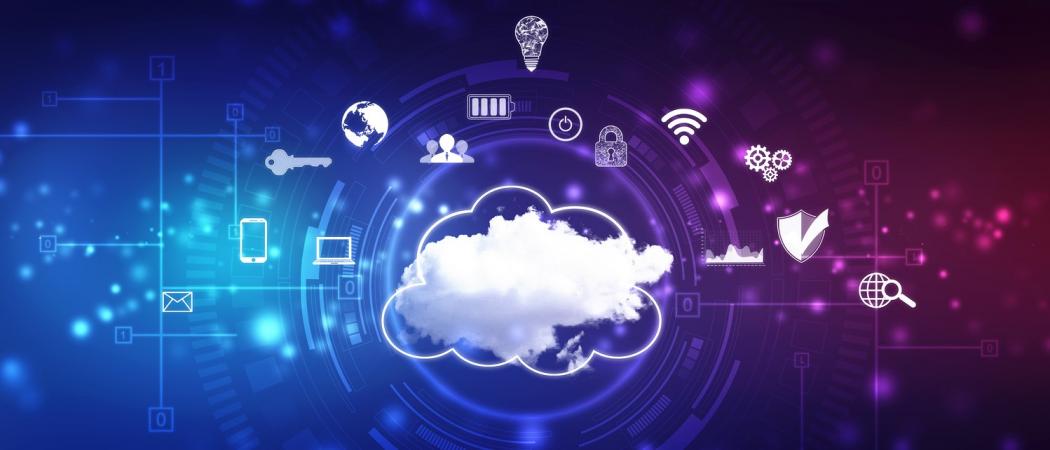
Public cloud computing systems enable businesses to complement their data centers with worldwide servers that can scale processing capabilities up and down as required. In terms of value and security, hybrid public-private clouds are unparalleled.
However, real-time AI applications demand substantial local processing capacity, frequently in areas distant from centralized cloud servers. speedpak tracking is among the services including AI for the safety of your goods and parcels.
Moreover, some workloads demand low latency or data residency and must stay on-premises or specified locations.
That is why many businesses use edge computing to implement AI applications.
Instead of storing data in a centralized cloud, edge computing saves data locally in an edge device. Moreover, the gadget may function as a stand-alone network node without an internet connection.
Cloud and edge computing offer many advantages and application cases.
Cloud Computing; Overview
Cloud computing is a computing approach in which scalable and elastic IT-enabled capabilities are supplied as a service through the Internet.
Cloud computing's popularity is growing as a result of its many advantages. Cloud computing, for example, has the following benefits:

- Lower initial investment
- Price Variability
- On-demand computation with no bounds
- IT management has been simplified.
- Simple updates
- The dependability is excellent.
- Time is money
Edge Computing; Overview
Edge computing is the process of physically bringing computational capacity closer to the source of data, which is generally an Internet of Things device or sensor. Edge computing, so named because of how computing power is delivered to the network's or device's edge, enables quicker data processing, higher bandwidth, and data sovereignty.
Edge computing lowers the need for huge volumes of data to travel between servers, the cloud, and devices or edge locations to be processed by processing data at the network's edge. It is especially relevant for current applications like data science and artificial intelligence.

Cloud Vs. Edge Computing
Edge and cloud computing have unique advantages, and most businesses will utilize both. Here are some things to think about when deciding where to deploy certain workloads.
In contrast, cloud computing is ideal for non-time-sensitive data processing, but edge computing is ideal for real-time data processing.
Also, the former requires a dependable online connection, while the latter should encompass rural regions with little or no internet access.
Furthermore, cloud computing stores data in the cloud, but edge computing includes very sensitive data and tight data rules.
Medical robotics is one example of when edge computing is superior to cloud computing because surgeons want real-time data access. These systems include a significant amount of software running on the cloud.
Still, the sophisticated analytics and robotic controls increasingly used in operating rooms cannot tolerate latency, network stability difficulties, or bandwidth limits. In this case, edge computing provides the patient with life-saving advantages.
A Blend Of Both; Hybrid Cloud Architecture
Convergence of cloud and edge is required for many enterprises. Organizations centralize when possible and disseminate when necessary.
Firms may benefit from the security and management of on-premises systems with hybrid cloud architecture. It also makes use of a service provider's public cloud resources.
For each firm, a hybrid cloud solution implies something different. It might imply training in the cloud and deploying at the edge, training in the data center and deploying at the edge using cloud management tools, or training at the edge and deploying in the cloud to centralize models for federated learning. There are several options to connect the cloud and the edge.
Conclusion
Though both the computing systems are equally important, each carries distinctive perks. As the world is moving toward the hybrid approach, understanding the right computing choice will ease your process. Our guide will assist in this regard.



